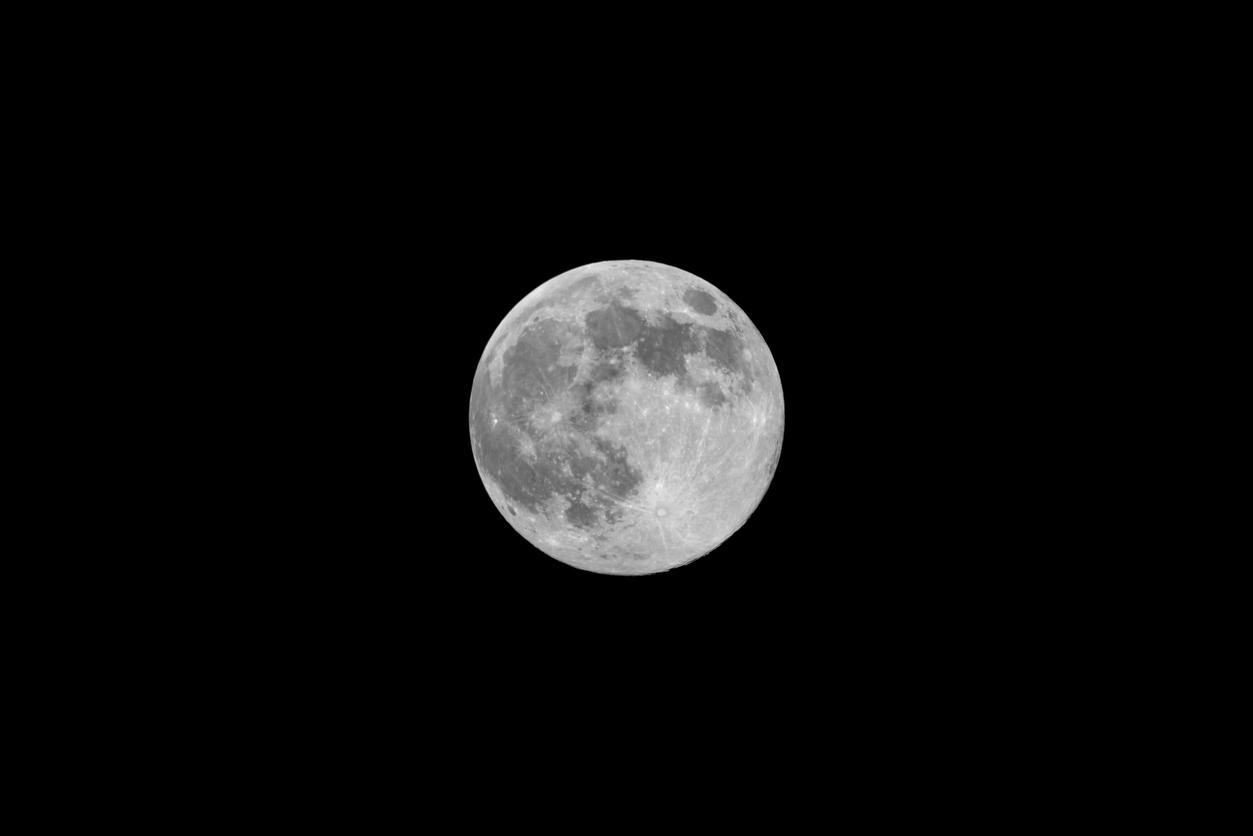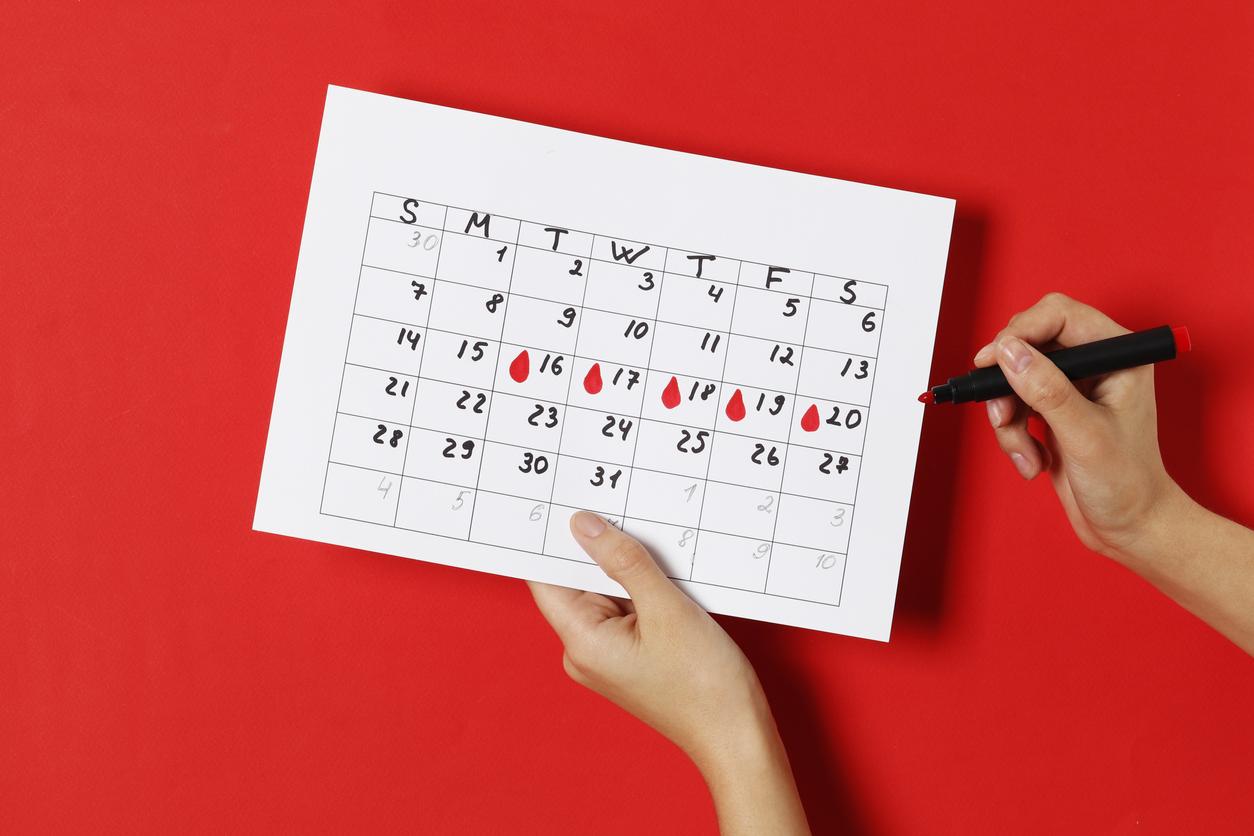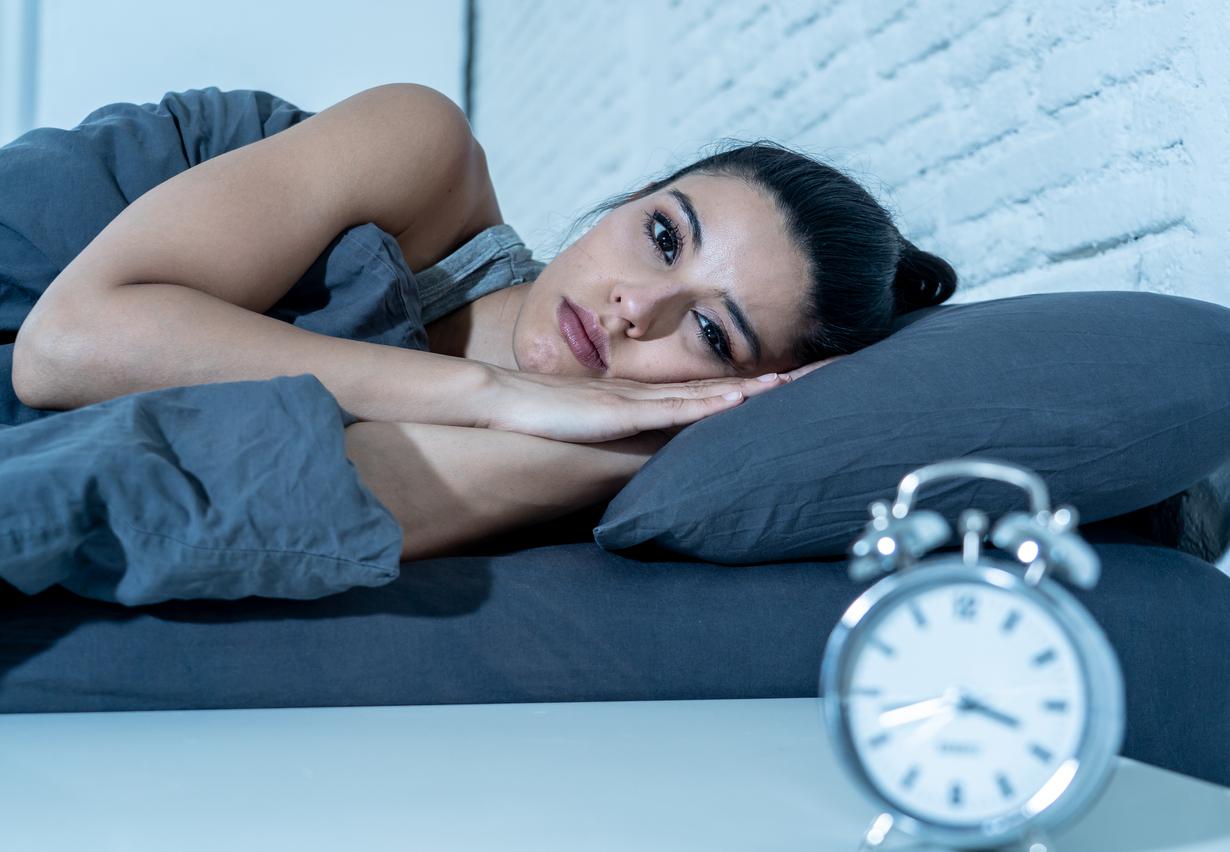The moon may have an impact on women’s menstrual cycles, new research suggests.

- The menstrual cycle is finely regulated by an internal clock, itself occasionally influenced by the lunar cycle, according to a new study.
- However, these results require confirmation by laboratory studies and larger epidemiological research.
- “Confirming the existence of an internal clock coordinating the menstrual cycle as well as the mechanisms involved in its synchronization could make it possible to apply personalized medicine to problems such as ovulation and fertility disorders,” indicates the director of the research.
According to the results from a new French studythe menstrual cycle would be finely regulated by an internal clock, itself occasionally influenced by the lunar cycle.
To reach these conclusions, an international research team led by Inserm researcher Claude Gronfier compared nearly 27,000 menstrual cycles in 2,303 European women and nearly 4,800 menstrual cycles in 721 North American women.
What stability from one menstrual cycle to the next?
First, the scientists examined the stability from one menstrual cycle to the next at the individual level, by comparing the length of successive cycles. They thus observed an overall stability in the average duration of each participant’s cycle, even though over a set of successive cycles, some actually lasted longer or shorter than her cycle. “standard”.
“These observations suggest the existence of a mechanism that would correct the difference between the length of the current cycle and that of a typical menstrual cycle in the affected person,” explains René Écochard, doctor at the Hospices Civils de Lyon and professor at Claude Bernard Lyon 1 University.A few shorter cycles could thus compensate for a series of a few longer cycles so that the total cycle length oscillates around the usual length of the menstrual cycle. The duration of a cycle could therefore depend on the duration of previous cycles. he continues.
“The observation of this phenomenon argues in favor of the existence of an internal clock finely regulating menstrual cycles, itself synchronized by an environmental cyclical event”adds Claude Gronfier.
Menstrual cycle: what influence does the moon have?
Secondly, his team was interested in the potential relationships between the occurrence of menstruation in the cycles studied and the phases of the moon at the time of data collection. She was thus able to observe an occasional but significant association between the menstrual cycle and the lunar cycle, although with a major difference between the European cohort and the North American cohort. Among European women, the cycle most often began during the waxing phase of the moon while it began more often during the full moon in the North American cohort.
“Despite this astonishing difference that we are unable to explain for the moment, the links identified in this work between the lunar and menstrual cycles, due to their proximity to certain phenomena that we observe in chronobiology, suggest that the periodicity of menstruation and “ovulation could be influenced, in a small but significant way, by the lunar cycle”specifies Claude Gronfier.
Moon and menstrual cycles: results that need to be explored further
However, these results require confirmation by laboratory studies and larger epidemiological research. “Thanks to cycle recording applications for smartphones, the emergence of large databases containing the cycle information of several hundred thousand women could provide new study opportunities.believes René Écochard.
“Confirming the existence of an internal clock coordinating the menstrual cycle as well as the mechanisms involved in its synchronization could make it possible to apply personalized medicine to problems such as ovulation and fertility disorders.concludes Claude Gronfier.















